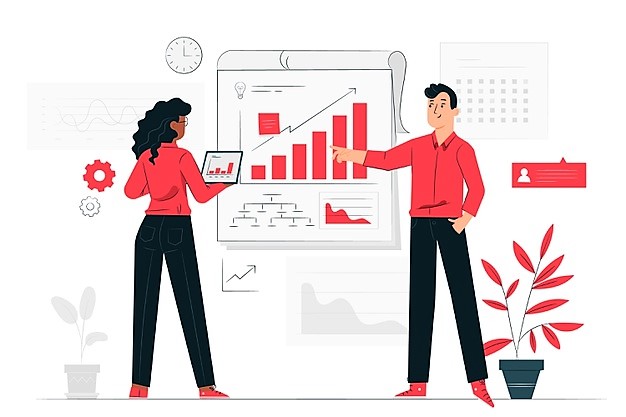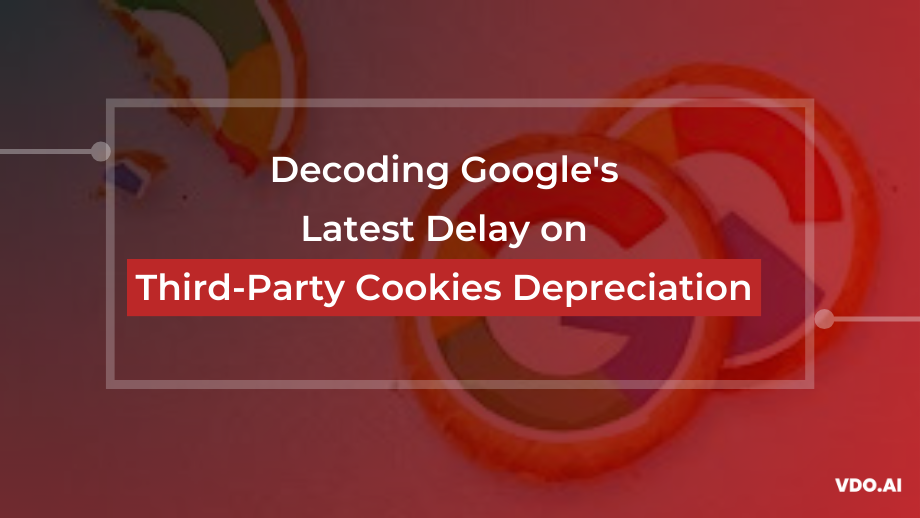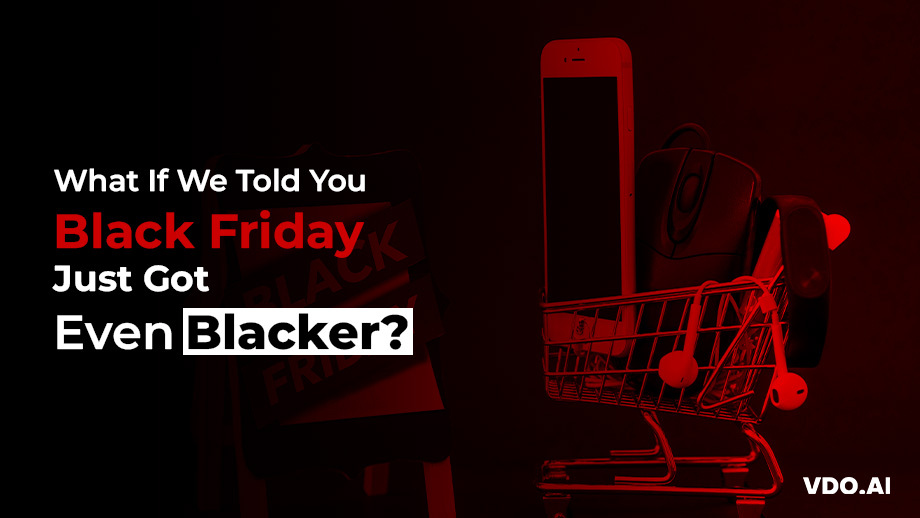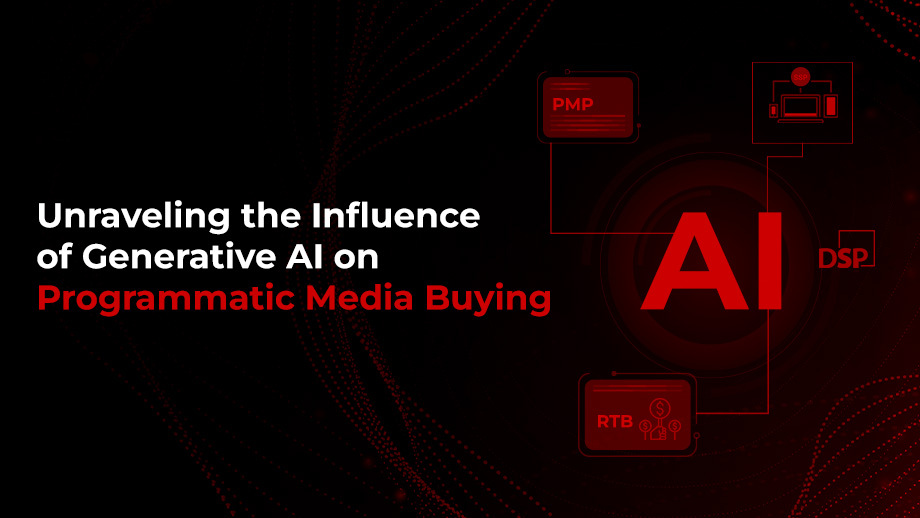What is Programmatic Advertising: A Detailed Guide for Beginners
Reading Time: 5 minutesBefore the advent of programmatic advertising, all the inventory exchange was carried out as direct deals. Advertisers and publishers would go through an intensive negotiation process. Everything was done manually, starting from price, placing orders, to creative management as well as billing. Since everything was managed manually, publishers didn’t have time to experiment with placements and offer a good user experience.
However, with the evolution of ad tech, there was a wave of new programs that were capable of managing most of the operational tasks leading to the rise of programmatic advertising.
What Is Programmatic Advertising?
Programmatic advertising is an electronic system of trading digital inventory. It adopts a system with multiple programs mounted inside it to carry out functions, such as selecting ad formats, adding floor price, allowing targeting, generating required reports, etc.
In short, programmatic advertising is the process to buy and optimize digital campaigns automatically, instead of buying directly from publishers. It intends to replace human interventions with machine learning as well as AI-optimisation. The goal is to enhance the efficiency and transparency for both the advertiser and the publisher.
Programmatic Selling
Programmatic selling has made everything easier for publishers. They no longer have to worry about the sales team calling people or about empty advertising space. They can utilize real-time bidding auctions as well as the premium placement exchanges. The key here is efficiency. With programmatic, the use of software decreases cost and error caused by humans during multiple steps of the exchange process.
Programmatic Buying
Programmatic buying is whether advertisers and marketers can set up specific campaigns to reach their audience or not. Originally, the buying process included cold outreach to multiple publishers with campaign proposals. This required hundreds of manual hours to close a publisher, as well as a meticulous negotiation process. However, with programmatic buying, advertisers can simply switch between a few buttons to create a campaign, define the audience, and establish a budget.

Benefits Of Programmatic Advertising:
Defeat Human Error
Unlike a human brain, a program will never forget numbers or have confusion between names. Allowing automation to take care of numbers and constants, not only reduces human error but also speeds up the process by a significant margin.
Efficient Targeting and Retargeting
A well-targeted ad benefits not only the users but also the advertisers as well as the publishers. Programmatic advertising allows detailed targeting from user demographics to the type of device. Furthermore, it enables advertisers to approach users who have shown interest in the brand earlier with the help of retargeting.
Improved Inventory Management
With the rise in the usage of the Internet, publishers’ traffic is growing and hence there is a need for better inventory management. These days publishers have assorted audiences that need segmentation which can be done promptly by automation provided by ad platforms. Moreover, programmatic services can easily regulate the management of all ad types, placements, along with their impact on user engagement.
Formulate Exhaustive Reports
Since the growth of programmatic, reporting became popular instantly. It allowed an excellent understanding of growth opportunities for the ad operations team. Thanks to them understanding programmatic advertising, publishers are now able to formulate exhaustive reports that can track performance, find opportunities, as well as increase earnings.
Enhanced Demand
Programmatic enabled global advertisers and marketers to reach any publishers with appropriate audiences. In return, it increased the demand volume on publishers traffic allowing them to monetize it more optimally.

Types Of Programmatic Advertising
- Real-time Bidding: Generally carried out by the supply-side platforms, RTB is finished in a split second. It entails the process of creating bid requests, hosting auctions, choosing a winning bid, and ultimately displaying it on the webpage.
- Header Bidding: Header bidding is another real-time auction that runs on a user’s browser. It aims at boosting the demand by calling in multiple partners to bid together.
- Open Bidding: Open bidding auctions run on Google’s server instead of running on a user’s browser. It helps in saving loading time along with speeding up the overall process.
- Private Auctions: In private auctions, only the demand partners can bid on a part of inventory while ensuring better profit as well as reducing fraud.
- Programmatic Guaranteed: Guaranteed inventory is given in exchange for set prices. The price and inventory are then negotiated. However, the process remains automatic and the exchange is carried out within ad platforms.
- Programmatic Direct: In this case, the publishers and advertisers negotiate the deal directly. However, the campaign runs on the ad platform only. This, in turn, provides the benefits of both direct and programmatic.
- Preferred Deal: Before the inventory goes for real-time auction, a few buyers get exclusive access to it. This way they can see the inventory before buying it. Otherwise, the inventory goes to open auction.

Evolution Of Programmatic Advertising
Programmatic Display
Programmatic display, also known as programmatic banner, offers display advertising. It entails an interchange of inventory to show banners of the brand. When clicked, it takes the user to the advertiser’s landing page.
Programmatic Video
The most popular form of programmatic video ads is YouTube ads. However, website publishers are also running video ads to their websites thanks to out-stream video ads and automation.
Programmatic Audio
Publishers with audio services like Spotify, SoundCloud, etc monetize their audio inventory via programmatic audio. However, unlike video ads, audio ads are yet to make it to the mainstream.

Increase of Programmatic Advertising Platforms
The evolution of programmatic gave rise to various platforms that made inventory monetization more successful but also complicated at the same time.
Ad Networks
This advertising platform purchases inventory from publishers, SSPs, and exchanges, then segments it and sells it to the highest bidder. By boosting revenue for publishers, ad networks take a small share from publishers as well as advertisers.
Supply-side platforms
SSPs are essentially accountable for maintaining publishers’ inventory, finding suitable buyers for them, as well as communicating with servers.
Demand-side platforms
The advertiser’s half of the process is managed by demand-side platforms. They provide campaign management, targeting enablement, and CPM optimization on the basis of the budget for advertisers.
Ad Exchanges
This can be seen as a pool of inventory, organized and segmented for global advertisers to access, bid, and win as per the minimum requirements imposed by respective publishers. The ad exchange is responsible for managing, both supply-side and demand-side campaigns and matching them for higher yields.
Data management platforms
Publishers get access to a lot of user data when users visit their websites. Similarly, bid operations produce data that is important to optimize future campaigns. Hence, to store, manage, and use all this data, publishers take the help of data management platforms.
Fraud prevention platforms
Fraud prevention platforms like Interactive Advertising Bureau (IAB) and Media Rating Council (MRC), take care of security and sustain minimum standards in business practices.
Future Of Programmatic
The present as well as the future of Ad Tech lies in programmatic. Programmatic advertising is evolving continually. New technologies, regulations, along with opportunities keep making it better. The ad tech environment is now stable enough to contribute a good portion and value to the global economy. The rise of many programmatic platforms is proof that programmatic is the future of ad tech.



